Case Study: Endowment Transparency
Raising endowment dollars is critical for building your organization’s financial resilience. It’s also a great way to engage major gift donors who want to make an impact for the long term — like, forever.
From “Looking Forward: President’s Report 2020-2021,” published by Mount Saint Mary’s University, Los Angeles
In order to increase endowment dollars, however, donors (and the gift officers who manage those relationships) really need to understand how your endowment works, how it impacts the bottom line, and more. You need to treat them like insiders and open up the books to them.
Transparency builds trust, and trust leads to more giving and deeper donor engagement.
Would you invest your retirement dollars in a fund that obscured its investments, returns, and distributions? Of course not. So you can’t expect a donor to do that with their philanthropic investment in your nonprofit.
Last year, Weiswood Strategies partnered with Mount Saint Mary’s University in Los Angeles to increase transparency around their endowment.
Senior Director of Development Kevin A. Barry set the stage by devoting an entire section of the annual President’s report to the institution’s financial sustainability. It detailed sources of operating revenue and expenses in charts, one of which showed that 8% of the budget comes from the endowment.
From “Looking Forward: President’s Report 2020-2021,” published by Mount Saint Mary’s University, Los Angeles
This first set of charts paved the way for a longer explanation of the endowment on the following pages, which covered:
The current value of the endowment
When the endowment was created
What the university’s obligation is to endowment donors and the funds they’ve contributed
Who oversees the endowment
How it works (and how it doesn’t)
That much of the endowment distribution goes to financial aid
Finally, an entire page was devoted to detailed charts and graphs representing the asset allocation, rates of return, and a comparison of the original value of gifts to the present value of the endowment (great for demonstrating the impact of compounding interest).
From “Looking Forward: President’s Report 2020-2021,” published by Mount Saint Mary’s University, Los Angeles
While Weiswood advised on and created content for this important section of the report, the credit really goes to Kevin who, even though he’d only been at the institution for a year, convinced senior leadership to make this change and open their books. Kudos!



